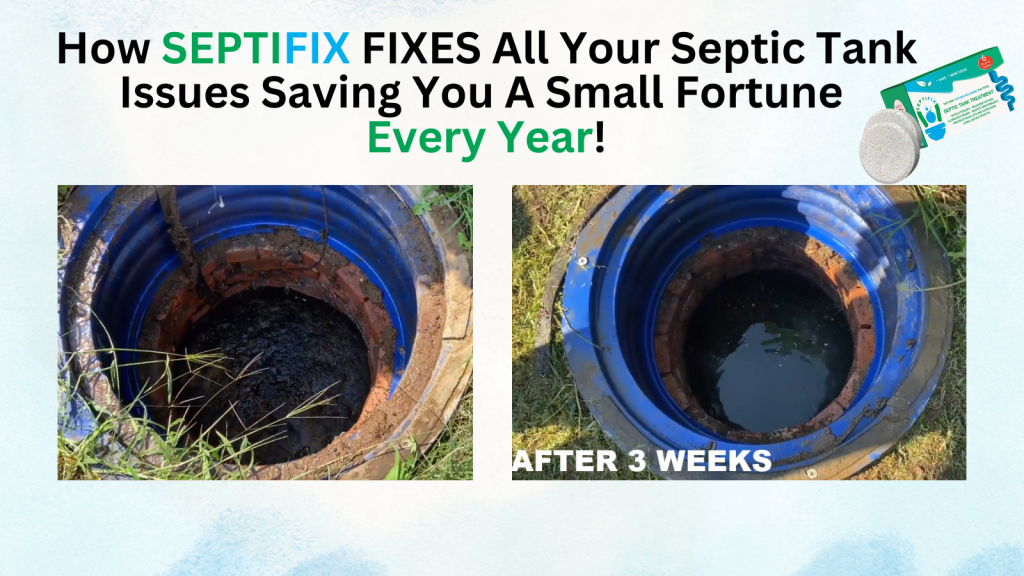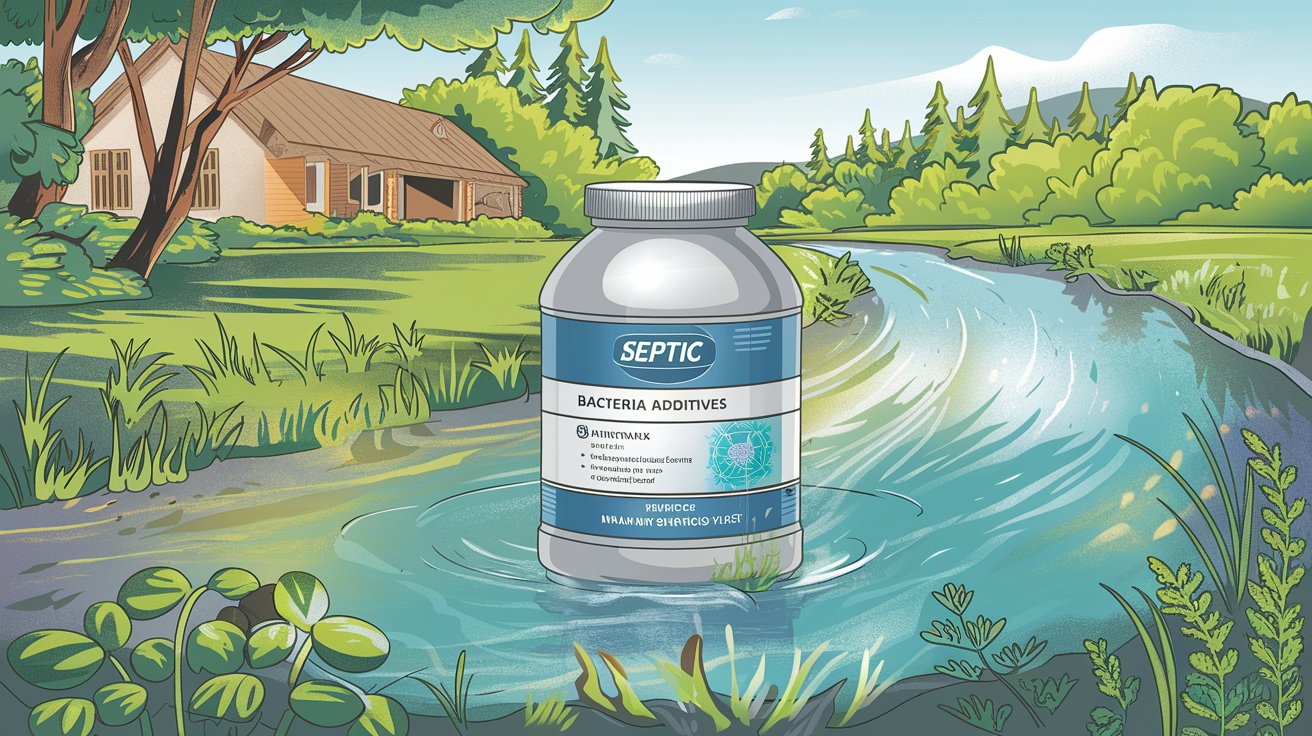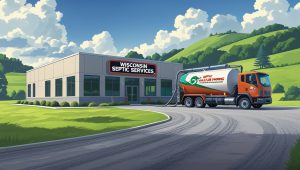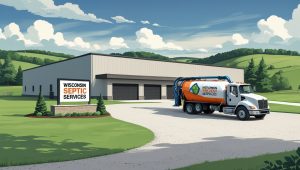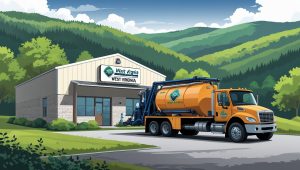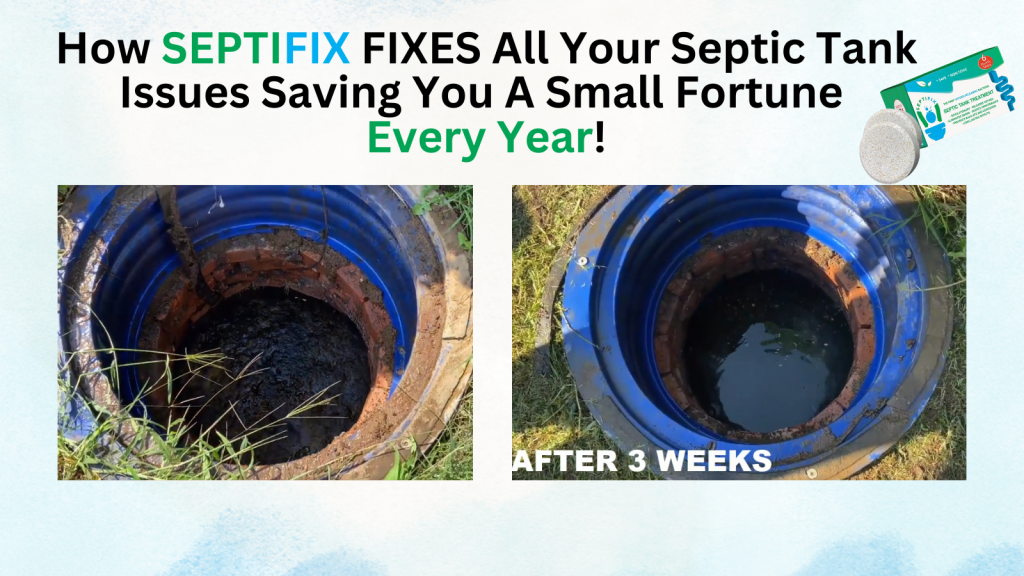Maintaining a healthy septic system is essential to prevent costly repairs and keep your home’s wastewater running smoothly. One way to ensure your septic tank operates efficiently is by using bacterial additives. These products introduce beneficial bacteria into your septic tank, helping break down waste and improve overall system function. But with so many brands available, how do you know which one is best? In this article, we’ll compare top bacterial additives for septic systems to help you choose the right one for your needs.
Table of Contents
- What Are Bacterial Additives for Septic Systems?
- How Do Bacterial Additives Work?
- Factors to Consider When Choosing Bacterial Additives
- Top Brands of Bacterial Additives
- How to Use Bacterial Additives Effectively
- Bacterial Additives vs. Other Septic Treatments
- Septifix
- Septic Permit Links by State
What Are Bacterial Additives for Septic Systems?
Bacterial additives are products that contain live bacteria designed to break down organic waste in your septic tank. These additives help reduce sludge buildup, eliminate odors, and maintain the proper balance of bacteria in the system. Unlike chemical additives, which can disrupt the natural bacterial environment, bacterial additives support the health of your septic tank by introducing strains of bacteria that thrive in wastewater.
Septic tanks rely on a balanced ecosystem of microorganisms to digest waste. When this balance is disturbed, problems such as clogs, slow drainage, and odors can occur. Bacterial additives restore this balance and help keep your system running efficiently.
How Do Bacterial Additives Work?
Bacterial additives work by introducing specific strains of bacteria that are capable of breaking down solids in the septic tank. These bacteria consume organic waste, converting it into simpler substances like water and gases. Over time, this process reduces the amount of sludge and scum that accumulates in the tank. By speeding up the natural decomposition process, bacterial additives help prevent overflows, clogs, and other septic system issues.
Effective bacterial additives maintain a healthy microbial population within your septic tank. This ensures waste is processed efficiently and helps prevent the need for frequent pump-outs.
Factors to Consider When Choosing Bacterial Additives
When selecting a bacterial additive for your septic tank, there are several factors to consider:
- Effectiveness: Look for products with a proven track record of breaking down waste effectively.
- Brand Reputation: Check customer reviews and expert recommendations to ensure the brand is trustworthy.
- Environmental Impact: Choose additives that are safe for the environment and won’t harm your septic system or the surrounding area.
- Pricing: Consider the cost of the product in relation to the benefits it provides. Some additives offer long-lasting results at a higher price, while others may be more affordable but require more frequent use.
Now let’s take a closer look at some of the top brands of bacterial additives.
Top Brands of Bacterial Additives
Brand 1: Septifix Septic Tank Treatment
Product Overview: Septifix is a newer player in the septic treatment market, but it has quickly gained attention for its innovative approach. Unlike other products, Septifix is a dissolvable tablet that contains a blend of bacteria and oxygen-releasing compounds. These ingredients help break down solids and eliminate odors, keeping your septic tank in optimal condition.
- Benefits: Septifix’s oxygen-releasing technology helps to eliminate odors and break down waste more effectively. Its tablet form makes it easy to use, and it is designed for long-lasting effects.
- Pros: Convenient tablet form, effective at reducing odors, works for all types of septic systems.
- Cons: More expensive than liquid treatments, but the long-lasting results can justify the higher price.
Brand 2: Green Pig Septic System Treatment
Product Overview: Green Pig offers a more eco-friendly option with its bacterial additives made from naturally occurring bacteria. The product claims to be effective in restoring and maintaining the microbial balance in your septic system.
- Benefits: Environmentally friendly, works on all types of septic systems, helps reduce the need for frequent pump-outs.
- Pros: Non-toxic, safe for household plumbing, and septic system components.
- Cons: May take longer to show results compared to chemical alternatives.
Brand 3: BioClean Septic Tank Treatment
Product Overview: BioClean is a professional-grade septic tank treatment that uses a blend of bacteria and enzymes to break down organic waste in your tank.
- Benefits: Highly effective in breaking down grease and sludge, reduces odors, and prevents clogging.
- Pros: Long-lasting, doesn’t require frequent application.
- Cons: Higher upfront cost than some competitors.
Brand 4: Rid-X Septic Tank Treatment
Product Overview: Rid-X is one of the most popular bacterial additive brands on the market. It contains a combination of natural bacteria and enzymes that break down waste, paper, fats, oils, and grease.
- Benefits: Rid-X is known for its ability to reduce sludge buildup and control odors, preventing clogs and backups.
- Pros: Easy to use, widely available, affordable.
- Cons: Some users report needing to use the product more frequently for optimal results.
Other Notable Brands
While Rid-X, Green Pig, BioClean, and Septifix are top contenders, several other bacterial additives can also provide great results. Brands like Septic Treatment, Septic Helper, and Earthworm Technologies offer effective alternatives for maintaining a healthy septic system. The choice of product often depends on personal preferences, system size, and specific needs system. The choice of product often depends on personal preferences, system size, and specific needs.
How to Use Bacterial Additives Effectively
For the best results, it’s essential to follow the product’s instructions carefully. Generally, bacterial additives should be added directly to the toilet or drain in your home. The bacteria in the additive will travel to the septic tank and begin breaking down the waste. Most products recommend adding a dose once a month to maintain the health of your system.
- Dosage: Always follow the recommended dosage on the product label. Overuse of additives can sometimes cause issues with your system.
- Frequency: Monthly applications are standard, but you may need more frequent treatments if you have a high-volume system or older tank.
- Avoiding Mistakes: Don’t mix bacterial additives with harsh chemicals, as they can kill the beneficial bacteria. Also, avoid using excessive amounts of water immediately after applying additives, as this can dilute their effectiveness.
Bacterial Additives vs. Other Septic Treatments
While bacterial additives are effective, they are just one part of a complete septic maintenance strategy. Other treatments, such as enzyme-based products and chemical treatments, can complement bacterial additives. However, bacterial additives offer a more natural solution by encouraging the growth of beneficial bacteria, unlike chemicals that may harm the environment or disrupt the septic system balance.
For long-term septic health, bacterial additives are generally the preferred choice as they promote natural waste breakdown and help reduce the need for frequent pump-outs.
Conclusion
Bacterial additives are a vital tool for maintaining the health of your septic system. By choosing the right product for your needs, you can extend the life of your system, reduce odors, and avoid costly repairs. Based on our comparison, Rid-X, Green Pig, and BioClean are some of the best brands to consider. Remember to follow the manufacturer’s guidelines for application to ensure your septic tank remains in top condition.
Septifix
